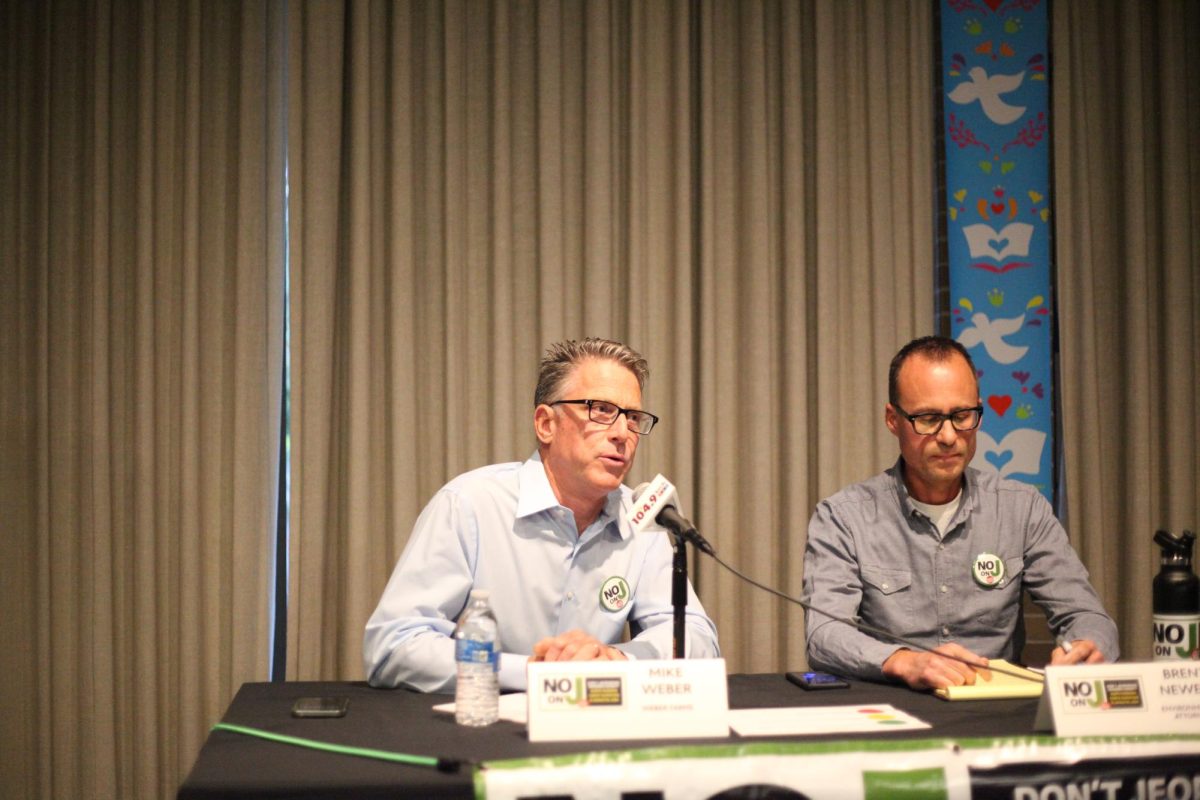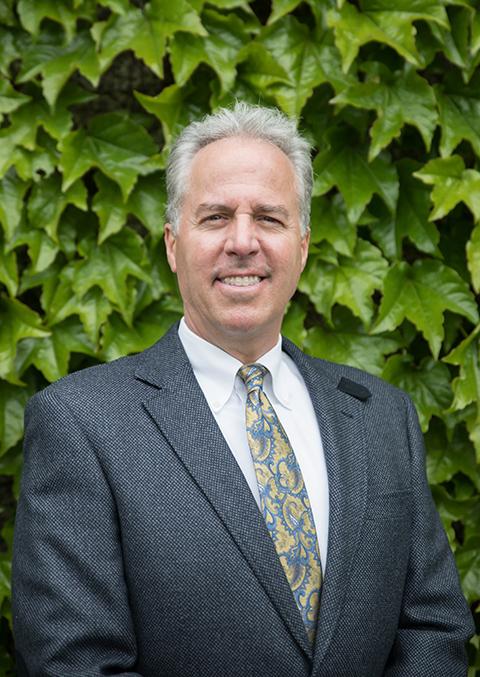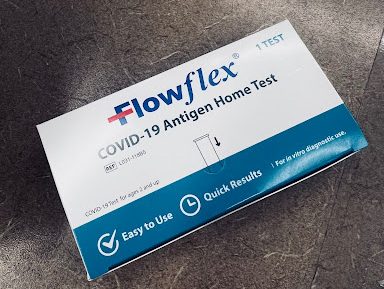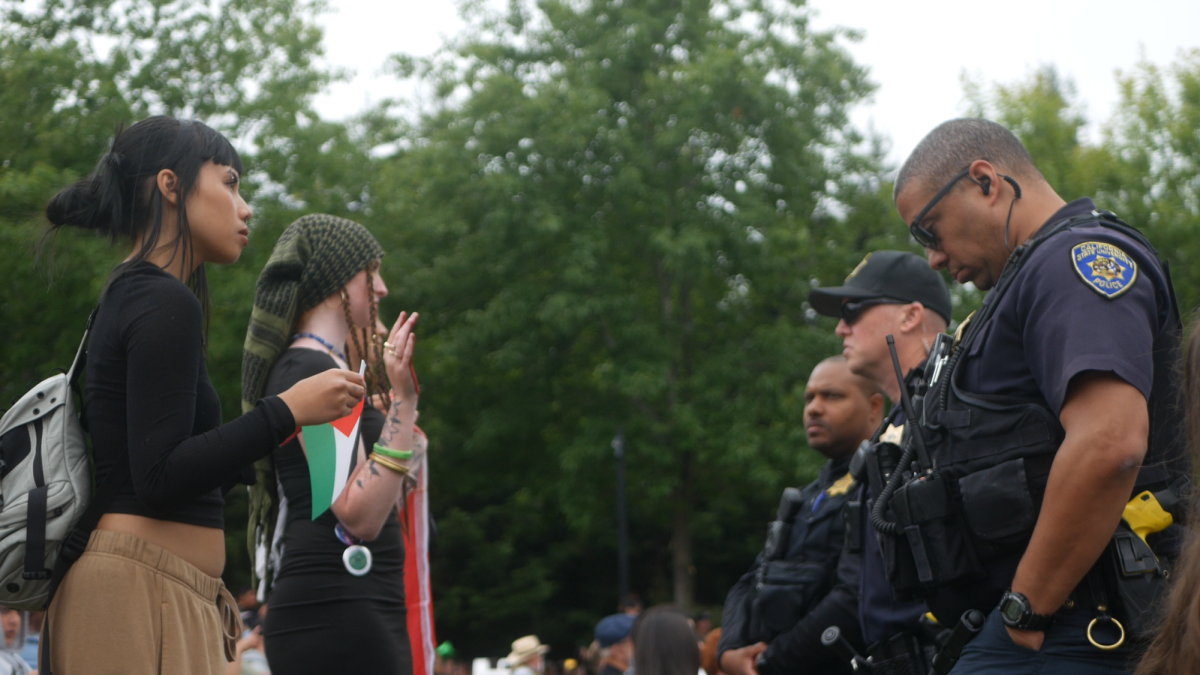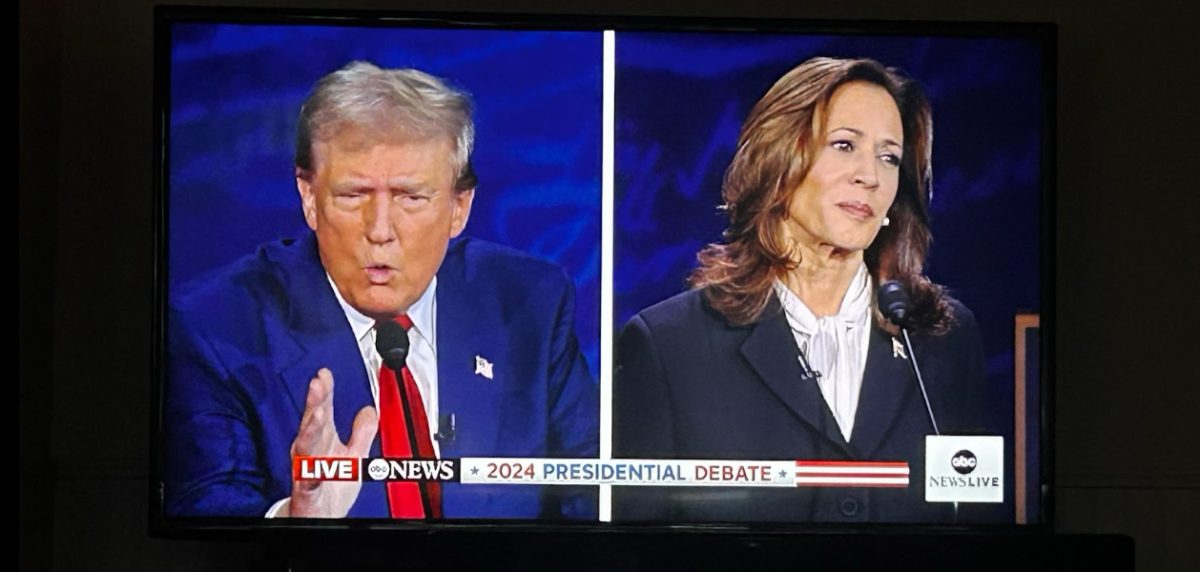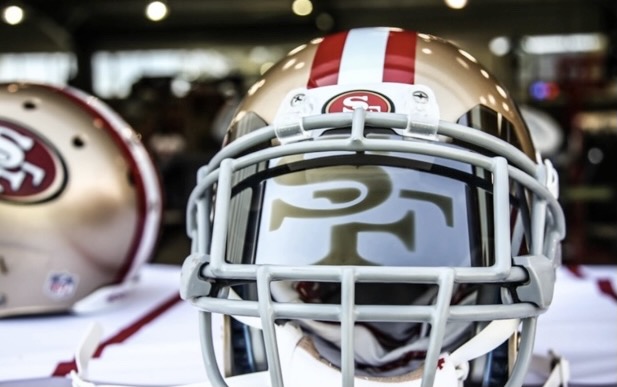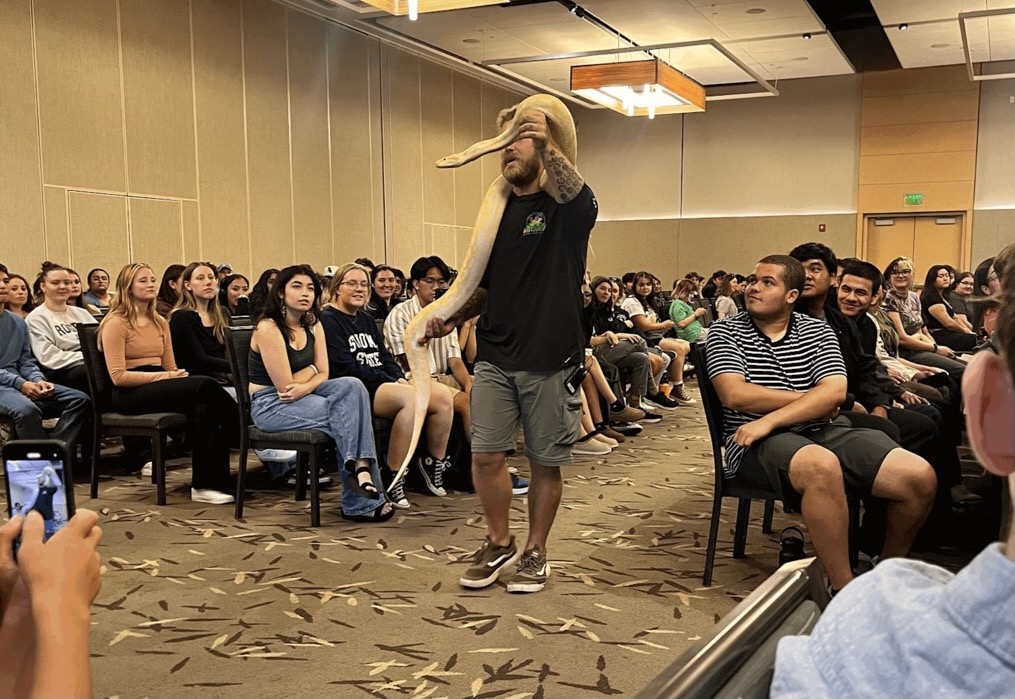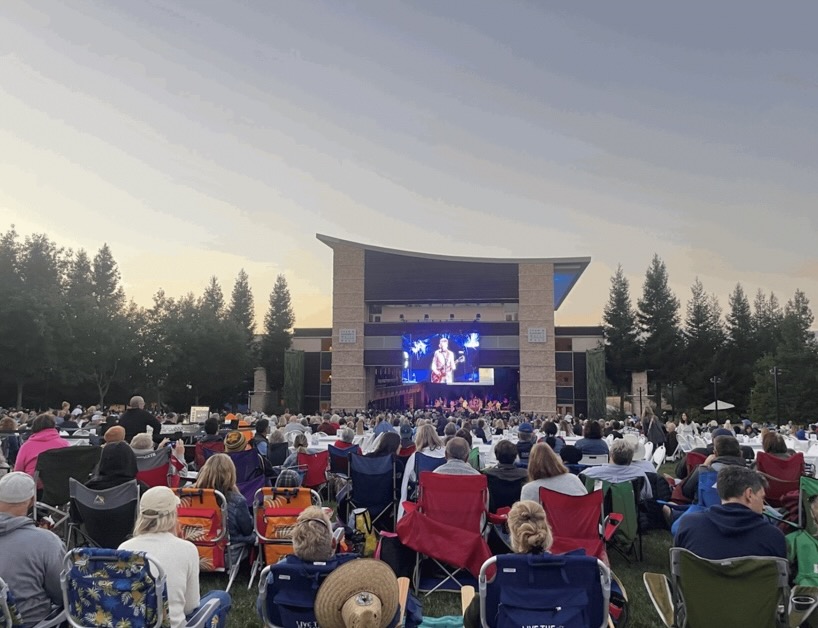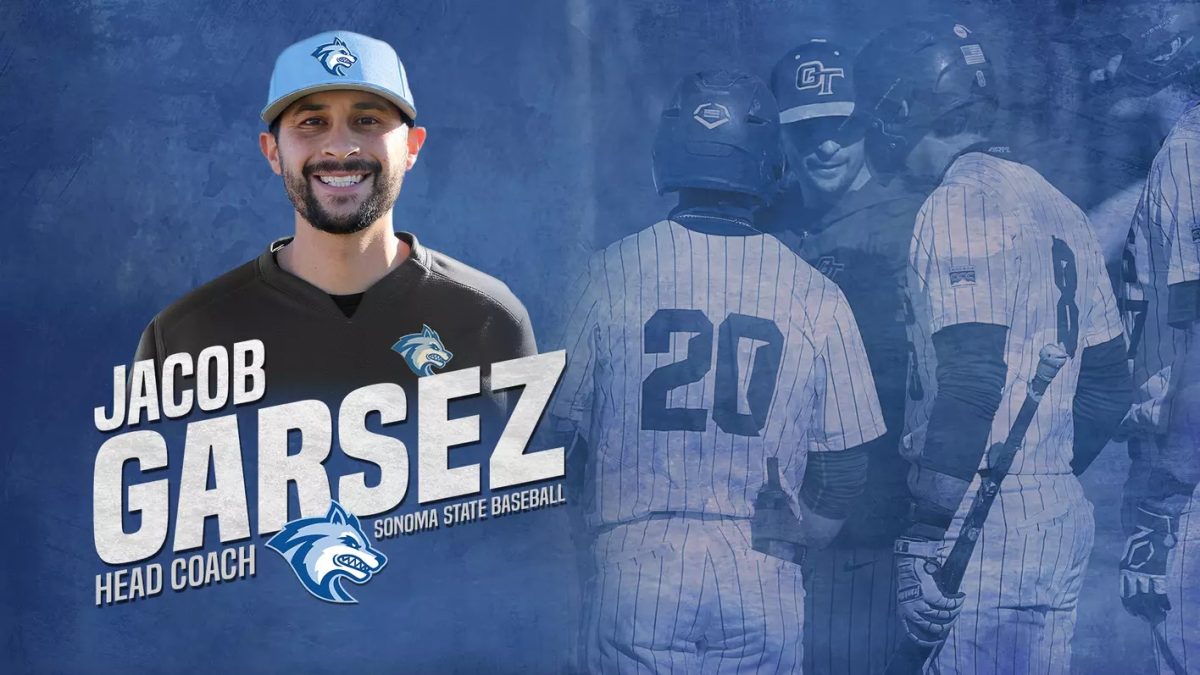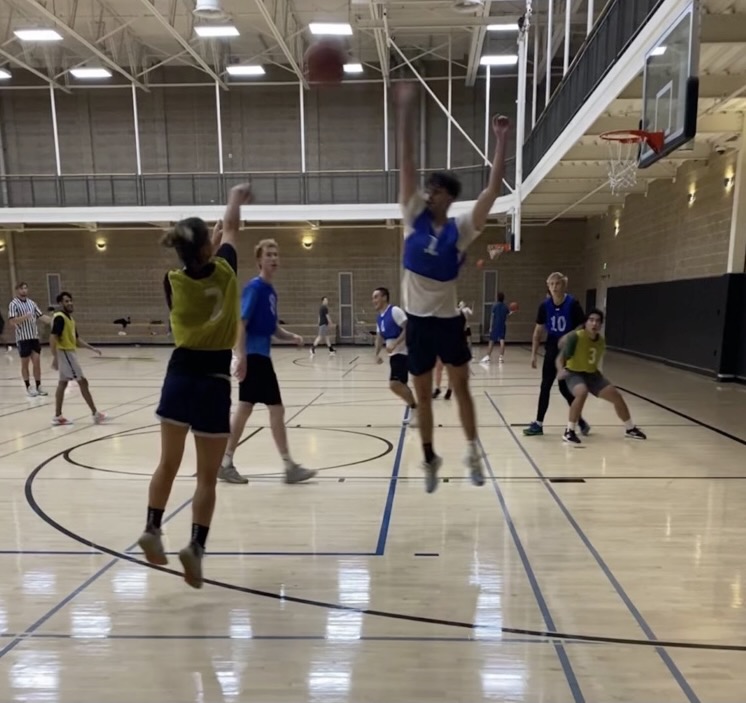For the past two weeks the student-made T-LogoQube satellite has been orbiting the Earth, exploring new territory for the Sonoma State science and mathematics departments.
The 1-pound satellite accompanied three other PocketQubes launched on Nov. 21 in conjunction with the Italian Unisat-5, a slightly larger satellite propelled into space by a Russian-made rocket.
T-LogoQube uses a programming language developed by Brian Silverman, the co-founder and president of the Playful Invention Company, which uses research conducted by the Lifelong Kindergarten group at the MIT Media Lab to create technology to help further children’s education and interest in science and technology.
By typing in code from the station, the satellite can be given orders to point different directions in space by using its torque coils in reaction to the earth’s magnetic field, and the programming language is used to communicate with researchers at the ground station in Petaluma.
T-LogoQube was a collaborative effort involving many parties and though its 5-by-5-by-15 centimeter frame may seem small, the project was years in the making. Extensive paperwork must be filled out years in advance before access can be given to launch objects into space.
Morehead State University Professor Bob Twiggs was the catalyst of the project, as he had room for one more PocketQube on Unisat-5.
“Last semester, really close to finals week, Professor Bob Twiggs visited Sonoma State… And gave us an opportunity for a launch slot and said if you can get it to me by October we’ll fly it,” said Kevin Zack, the Sonoma State student lead on the project. “I walked out of my final to start working on it.”
Zack, with the help of Sonoma State students Ben Cunningham, Hunter Mills, and mentor Dr. Garrett Jernigan, among others, tested and refined their way through 12 prototypes before arriving at the final version of T-LogoQube.
“The only reason it works right now is because we did extensive testing. As soon as we got a part up we let it run for days and
days,” said Zack. “Once it’s up in orbit we can’t fix it.” T-LogoQube features a solar panel that is 40 percent efficient, and was designed to last 19-25 years. After that much time, regulations force satellites to de-orbit themselves in an effort to prevent the accumulation of outdated technology becoming space-junk.
T-LogoQube has the opportunity for longevity, but unpredictable events occur in space that can’t always be anticipated.
The radiation from the Van Allen belts that create the Aurora Borealis effect, for example, have the potential to fry its circuit without warning as it passes over the Earth’s poles every 45 minutes.
“It’s been working for two weeks now so most likely it will work for quiet a while,” said Zack.
But even if something unfortunate were to happen, T-LogoQube is meant to be a precursor to bigger projects.
The goal of the T-LogoQube is to test out the coding and engineering aspects of the satellite for future endeavors.
With the success of T-LogoQube’s radio communication capabilities and torque coils, the team will focus on more complex systems for its next project.
T-LogoQube is Sonoma State’s first student-made satellite, and might be an example of new opportunities that are becoming available as technology becomes more affordable.
“It was a test of feasibility, to figure out if we could actually close that length margin, because the radio we use is $11,” said Zack. “The whole concept of PocketQubes is to make satellites accessible to students.”
The group’s next satellite, which will be designed to do X-ray astronomy in space, has a launch date scheduled for next September from the International Space Station.

